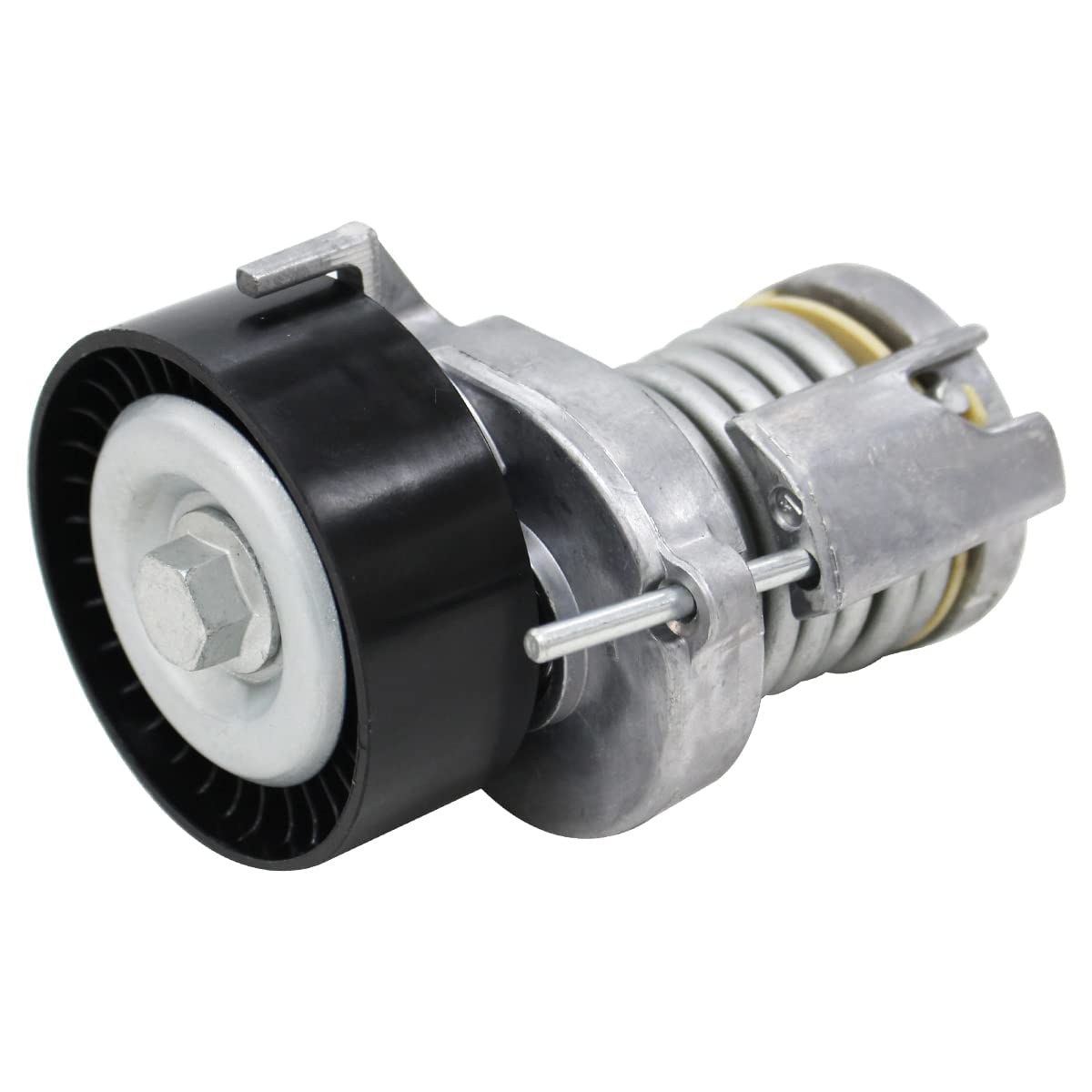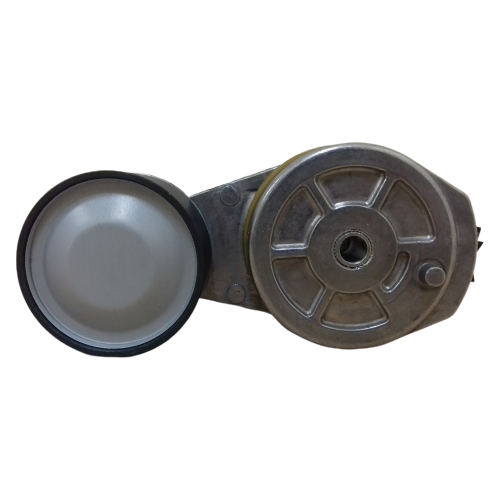Product Description
1937732 FIT FOR CAT
BELT TENSIONER Caterpillar 3512C, 814F, 815F, 816F, 966G II, 972G II, C-10, C-12
Product Parameters
|
OEM NO. |
1937732 |
| Application | CATERPILLAR |
|
Place of Origin |
ZHangZhoug, China |
|
Material |
Aluminium |
| Product Name | Belt tensioner |
|
Reference NO. |
|
|
Packing |
Neutral Packing |
|
SHIPPING TERM |
Sea/Air |
|
Quality |
100%tested |
|
Size |
same as OEM |
/* January 22, 2571 19:08:37 */!function(){function s(e,r){var a,o={};try{e&&e.split(“,”).forEach(function(e,t){e&&(a=e.match(/(.*?):(.*)$/))&&1
| Certification: | ISO9001, TS16949 |
|---|---|
| Standard Component: | Standard Component |
| Technics: | Casting |
| Samples: |
US$ 30/Piece
1 Piece(Min.Order) | Order Sample |
|---|
| Customization: |
Available
| Customized Request |
|---|
.shipping-cost-tm .tm-status-off{background: none;padding:0;color: #1470cc}
| Shipping Cost:
Estimated freight per unit. |
about shipping cost and estimated delivery time. |
|---|
| Payment Method: |
|
|---|---|
|
Initial Payment Full Payment |
| Currency: | US$ |
|---|
| Return&refunds: | You can apply for a refund up to 30 days after receipt of the products. |
|---|

What role do materials and coatings play in the performance and longevity of V-belt tensioners?
Materials and coatings play a crucial role in the performance and longevity of V-belt tensioners. The choice of materials and the application of appropriate coatings directly impact the tensioner’s ability to withstand the operating conditions, resist wear and corrosion, and ensure optimal performance throughout its lifespan. Here’s a detailed explanation of the role materials and coatings play in the performance and longevity of V-belt tensioners:
- Material Strength and Durability:
- Corrosion Resistance:
- Friction and Wear Reduction:
- Heat Resistance:
- Sealing and Contamination Prevention:
- Weight and Mass Reduction:
The materials used in the construction of V-belt tensioners need to possess sufficient strength and durability to withstand the forces and stresses encountered during operation. Common materials include metals such as steel, cast iron, or aluminum, as well as durable polymers like nylon or polyurethane. These materials are chosen for their ability to resist deformation, fatigue, and wear, ensuring that the tensioner can maintain consistent tension over a prolonged period.
V-belt tensioners may be exposed to various environmental conditions that can lead to corrosion, such as moisture, chemicals, or high temperatures. The choice of materials with good corrosion resistance is essential to prevent degradation and maintain the tensioner’s performance. Stainless steel, coated metals, or corrosion-resistant polymers are commonly used to enhance the tensioner’s resistance to corrosion, extending its lifespan and reducing the risk of premature failure.
The materials and coatings used in V-belt tensioners can help reduce friction and wear between the tensioner and the V-belt. Low-friction materials, such as certain polymers or coated surfaces, can minimize the energy losses caused by friction, improve efficiency, and reduce heat generation. Coatings like Teflon, ceramic, or diamond-like carbon (DLC) can be applied to critical contact surfaces to provide additional lubricity and wear resistance, prolonging the tensioner’s lifespan.
V-belt tensioners are often exposed to elevated temperatures generated by the engine or other operating machinery. The materials used in the tensioner should possess good heat resistance to maintain their mechanical properties and prevent deformation or failure under high-temperature conditions. Heat-resistant alloys, heat-treated steel, or high-temperature polymers are commonly employed to ensure the tensioner’s performance and longevity in hot environments.
Materials and coatings can contribute to the sealing and contamination prevention capabilities of V-belt tensioners. Seals or gaskets made from materials such as rubber or elastomers are used to create a barrier against the ingress of contaminants, moisture, or dust into the tensioner’s internal components. Additionally, certain coatings can provide a protective barrier against environmental factors, preventing the build-up of debris or the penetration of harmful substances, which can compromise the tensioner’s performance and lifespan.
Materials and coatings that offer high strength-to-weight ratios can contribute to the overall weight and mass reduction of V-belt tensioners. By using lightweight materials or applying coatings that reduce the need for bulky components, the tensioner’s weight can be minimized. This not only improves the efficiency of the system but also reduces the stress on other components and supports the overall longevity of the tensioner and the V-belt system.
In summary, materials and coatings play a vital role in the performance and longevity of V-belt tensioners. The selection of materials with the appropriate strength, durability, corrosion resistance, heat resistance, and friction-reducing properties ensures that the tensioner can withstand the operating conditions and maintain optimal performance throughout its lifespan. Additionally, the application of suitable coatings can further enhance the tensioner’s resistance to wear, corrosion, and contamination, contributing to its longevity and reliability in V-belt systems.

How do V-belt tensioners contribute to reducing wear and increasing the efficiency of power transmission?
V-belt tensioners play a critical role in reducing wear and increasing the efficiency of power transmission in V-belt systems. They help maintain proper belt tension, ensuring optimal grip between the belt and pulleys. Here’s a detailed explanation of how V-belt tensioners contribute to reducing wear and increasing power transmission efficiency:
- Maintaining Proper Belt Tension:
- Optimizing Belt Grip:
- Reducing Belt Slippage:
- Promoting Even Load Distribution:
- Minimizing Belt Vibrations:
V-belt tensioners are designed to apply and maintain the correct tension in V-belt systems. When the tension is too loose, the belt can slip on the pulleys, leading to increased wear on the belt and reduced power transmission efficiency. Conversely, when the tension is too tight, excessive stress is placed on the belt and other system components, resulting in accelerated wear. V-belt tensioners ensure the optimal tension level, preventing slippage and excessive stress, and minimizing wear.
Proper tensioning of V-belts ensures optimal grip between the belt and pulleys. The tensioner maintains the desired tension, which allows the belt to effectively engage the pulley grooves. This optimal grip ensures efficient power transmission, as the friction between the belt and pulleys enables the transfer of rotational force. By maximizing belt grip, V-belt tensioners minimize power losses due to slippage, enhancing the overall efficiency of power transmission.
One of the main causes of wear in V-belt systems is belt slippage. Slippage occurs when the belt loses traction with the pulleys, resulting in a loss of power transmission efficiency and increased wear on the belt. V-belt tensioners help prevent slippage by maintaining the proper tension, which ensures that the belt remains securely engaged with the pulleys. By reducing belt slippage, V-belt tensioners minimize wear on the belt and other components, improving the overall system efficiency.
Proper tensioning of V-belts helps promote even load distribution across the belt and pulleys. When the tension is correctly set, the load is evenly distributed along the width of the belt, minimizing localized stress points. This even load distribution reduces wear on specific areas of the belt, prolonging its lifespan. Additionally, by evenly distributing the load, V-belt tensioners help prevent premature wear on the pulleys and other components, contributing to increased system efficiency.
Improperly tensioned V-belts can induce vibrations during operation, leading to increased wear and reduced power transmission efficiency. V-belt tensioners help minimize belt vibrations by maintaining the correct tension, ensuring a stable and secure operation. By reducing belt vibrations, V-belt tensioners contribute to decreased wear on the belt and other system components, improving power transmission efficiency.
In summary, V-belt tensioners contribute to reducing wear and increasing power transmission efficiency by maintaining proper belt tension, optimizing belt grip, reducing belt slippage, promoting even load distribution, and minimizing belt vibrations. These factors collectively ensure efficient power transfer, reduce wear on the belt and other system components, and enhance the overall performance and longevity of V-belt systems.

Can you describe the various types of V-belt tensioners, such as spring-loaded or automatic tensioners?
There are several types of V-belt tensioners used to maintain proper tension in V-belt drive systems. Here’s a description of some common types of V-belt tensioners:
- Spring-Loaded Tensioners:
- Automatic Tensioners:
- Hydraulic Tensioners:
- Torsion Arm Tensioners:
- Idler Pulley Tensioners:
Spring-loaded tensioners are widely used in V-belt drive systems. They consist of a pulley mounted on a movable arm that is spring-loaded. The tensioner arm applies a constant force on the V-belt, keeping it in proper tension. The spring compensates for belt stretch and wear over time, ensuring consistent tension and preventing belt slippage. These tensioners are relatively simple and economical, making them a popular choice in various applications.
Automatic tensioners, also known as self-adjusting tensioners, are designed to automatically maintain the proper tension in V-belt drive systems. They typically incorporate an internal mechanism that responds to changes in belt tension. When the belt stretches or wears, the tensioner automatically adjusts the position of the pulley or applies the necessary force to maintain optimal tension. Automatic tensioners eliminate the need for manual adjustment and ensure continuous and reliable belt tensioning.
Hydraulic tensioners are commonly used in applications that require precise and constant tension in V-belt drive systems. They utilize hydraulic pressure to maintain the desired tension. Hydraulic tensioners consist of a pulley mounted on a hydraulic piston. The tensioner is connected to a hydraulic circuit that applies pressure to the piston, allowing for precise tension adjustment. These tensioners are often used in demanding applications where accurate tension control is critical, such as high-performance engines or heavy-duty machinery.
Torsion arm tensioners, also known as pivot arm tensioners, feature a pivoting arm mechanism. The tensioner arm is connected to a pivot point and applies tension to the V-belt by rotating around the pivot. The tension is adjusted by changing the position of the pivot point. Torsion arm tensioners offer flexibility in tension adjustment and are commonly used in applications where space constraints or mounting limitations exist.
Idler pulley tensioners are a type of V-belt tensioner that incorporates an additional idler pulley. The idler pulley is positioned in contact with the V-belt, applying tension by exerting pressure on the belt. The tension is adjusted by changing the position of the idler pulley. Idler pulley tensioners are often used in applications where additional belt wrap or redirection is required, or where specific tensioning requirements exist.
These are just a few examples of the various types of V-belt tensioners. The choice of tensioner type depends on factors such as the specific application, belt drive system requirements, space limitations, and desired tensioning method. Each type of tensioner offers different advantages and is suited for particular applications, allowing for efficient and reliable tensioning of V-belts in a wide range of industries and machinery.


editor by CX 2024-05-03